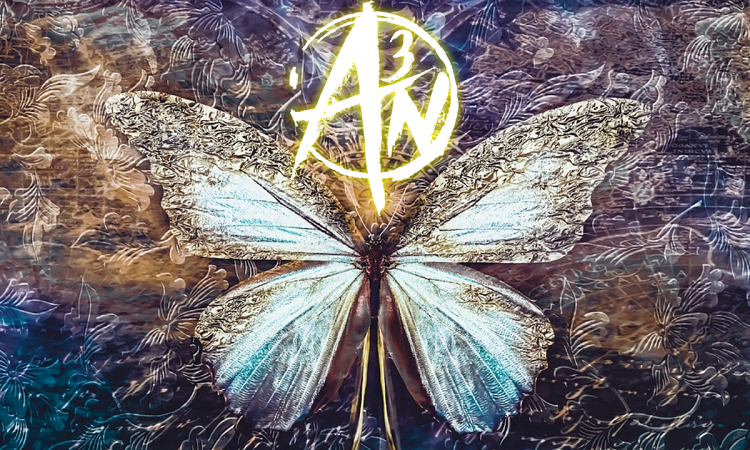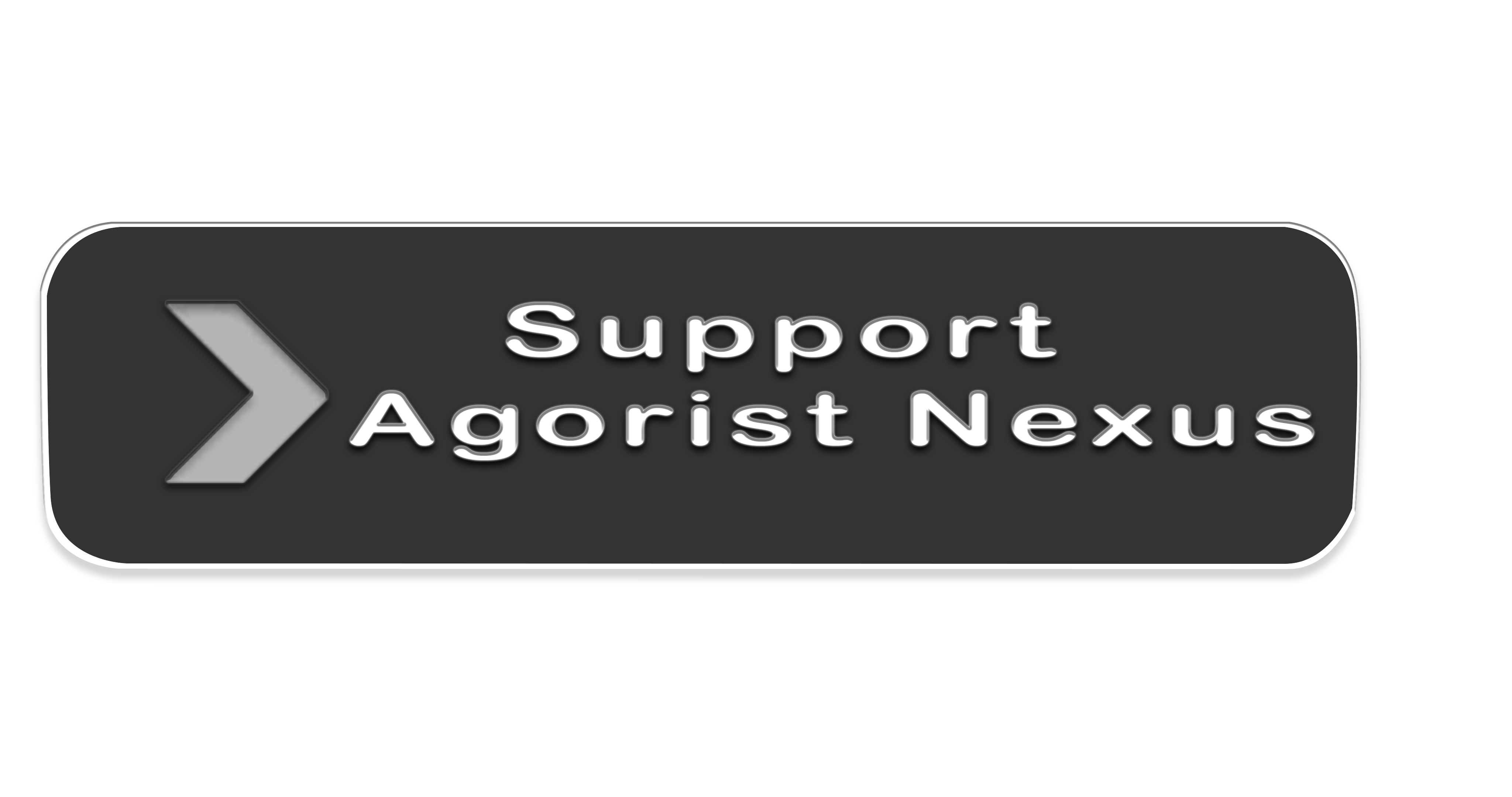
Rethinking Insects An Agorist Opportunity
A new destination requires a new direction.
As agorists, we are actively trying to change the world we live in. Unlike some anarchists, we are not merely trying to stir the pot, we have specific goals in mind. We seek to reach a peaceful and voluntary society through demonstrating the effectiveness of voluntary interaction. To reach this goal, we must look at all aspects of life at least a little differently than we have in the past, as well as differently from the mainstream. Change cannot occur doing the same things we have always done.
With this attitude in mind, I am starting a new series of articles. Over the coming weeks we will be exploring some ideas that though they are outside of the mainstream, could provide opportunities for agorists. These ideas may provide opportunity on the personal level, opportunities to spread the ideas of liberty, or opportunities for counter-economics. Some will provide all of these. Some of these ideas will challenge current sensibilities, but I hope that the reader will keep an open mind to consider the very real possibilities for a different, better future.
It is past time to rethink the unthinkable.
Rethinking Insects
We have just survived a horrible and unpredictable year, with unprecedented governmental action that has upturned lives, often destroying individuals, businesses, and families in the process. To add to the troubles we have already experienced, many are predicting increased food shortages in the near future. The business shutdowns in 2020 demonstrated how fragile our food supply chain actually is. Worse yet, the new administration promises to do even more along the same lines.
The empty store shelves in many places were never due to a lack of food being produced, but rather a lack of ability to distribute food thanks entirely to the restrictions and lockdowns imposed by the state. We saw images of livestock slaughtered by the hundreds of thousands, going to waste because government decreed that processors must close. This caused undue burdens on producers, the very farms that provide the meat for our meals. Some of those ranches and farms simply won’t be able to recover from the governmental interference that destroyed their business.
Agribusiness is no longer a collection of small private farms. Food production is largely in the hands of a tiny number of massive corporations. Bill Gates in fact recently became the largest owner of farmland in the US, with total acreage just shy of a quarter of a million acres! Having our food supply in the hands of a few corporations, or one person who has become very politically active, poses a great threat to our food and our health.
The mandated closure of restaurants further disrupted the food supply chain. Many producers sell exclusive to restaurants or to resellers who supply restaurants. These people were largely put out of business. A few found other outlets but regulations often prevent seeking out alternatives, and the process for changing these onerous regulations is much longer than the effective life of the food in question. Many regulations prevent these producers from selling directly to the public, so when government shuts down the middle layer, everyone suffers.
Each of these problems gives us reason to rethink our access to food. It is not unreasonable to describe the efforts of governments over the last year as a war on the food supply chain. We cannot currently prevent governments from imposing lockdowns and other restrictions, but we can lessen our dependence on the food supply chain that is so easily controlled, and yes even destroyed, by bureaucrats and politicians. We can also pursue opportunities to help ourselves and help others that in turn provide opportunities to demonstrate the effectiveness of voluntary approaches. In doing so, we need to approach food production with fresh eyes and an open mind.
Outside the mainstream
Those who have embraced agorism have already lost any need to be a part of the mainstream. This is a good thing. If you only go where the herd goes you only get where the herd goes. The herd brought us to this point and seems determined to continue down the same path. If you want change, you must embrace new paths, new goals, and new methods. Though it is currently wholly entrenched in the lives of almost everyone, why not consider going out of the mainstream with regard to food and food production?
In other places, I have spoken on the importance of gardens and other food production, and fortunately, we are seeing another boom in interest in home gardens. Seed and garden supply companies were some of the few businesses that saw an increase in sales in 2020. Along with fruits and vegetables, raising your own meat further ensures personal food security. Alternatively buying straight from other producers can increase your food security by removing the middle layer that proved so vital but so easily controlled. These approaches can provide opportunities for counter-economics as well.
However, some of these approaches require more land than is available to some. It is not feasible, even were it legal, to raise beef on your suburban ¼ acre. While chickens have been allowed in some urban and suburban areas under tight restrictions, it is very difficult if not impossible to raise enough to support a family, much less bring in significant income. If you are able to raise enough for your needs, noise restrictions are often used to limit flock size. One way around this is to have flocks with no rooster as these are easier to keep secret from neighbors.
Like most livestock, chickens need external inputs such as wheat and other grain. Simple staples like wheat require large plots of land for production at a level that would support current eating habits of the average person, or the needs of even a modest flock of fowl. The need for space is just pushed back a level.
What if you are an apartment dweller? There is certainly no way to raise chickens or other traditional livestock. There simply is no room and neighbors are so close that any odor or noise would be detected immediately. There is no yard to covert from grass to garden, and pots can produce only so much.
Thankfully, there are alternatives. Aquaponics – the practice of growing fish and plants symbiotically – along with hydroponics – growing plants in a soil-less, water based medium – and other systems can help produce food for those with the knowledge, space, and money to invest in equipment. These are wonderful systems that can work very efficiently, but again not everyone has the necessary space, knowledge, or money.
It turns out that protein is the hardest part of the food chain to produce when one is lacking in space. Cows take acres of land, pigs as well need space to forage and grow, fish takes large tanks, and even chickens take more room that is available to most of us. Fortunately, there is an even easier way to produce protein, one that is even possible for our apartment dweller: Insects.
How can insects play a role in the food supply chain? Obviously entomophagy is the simplest answer, but eating insects directly isn’t the only role insects can play, possibly not even the most important role. Insects can function in various places in the food chain, and may well be one of the best sources of protein with regard to quality, cost, and sustainability.
Insects and their byproducts can serve as:
– Livestock feed
– Fish food
– Fertilizer and plant immune system stimulator
– Alternative proteins for pets with allergies
– Protein powder
– As simple and delicious snacks
– As a secondary source of income or food (providing all of the above)
But even though they can play these roles, why insects? Insects are very inexpensive to produce and often can be raised on waste products such as less than optimal fruits and vegetables. Some can live on simple plants already growing in your yard. Insects can turn your garden produce into high quality protein as well. Insects require very little space and can be grown in stacked containers, increasing the yield per square foot. Perhaps most important insects are very high in protein, and protein is at the very top of the food needs for ourselves and other animals. Pound for pound, and square foot for square foot there is no more efficient means of producing protein. Other reasons for raising insects, particularly for agorists, will become apparent as we go through these various roles that insects can play.
Business opportunities
Agorists are often looking for ways to practice counter-economics, or even just have a side hustle. Taking this last potential listed first, there is already a market for insects for bait, as well as for reptile and other exotic pet food. Anglers love using mealworms as bait. Apparently fish prefer mealworms to earthworms thus making them a very attractive bait. Bait shops are always on the lookout for sources of bait, and so make for an easy customer for your mealworms or crickets. Dried insects are often used by bird enthusiasts to draw in wild birds for viewing. Currently there is a shortage of mealworms in North America, creating a relatively easy market to enter. Furthermore, each of the other potential uses of insects presents the opportunity to sell to those who have the need.
As insects can be raised in small spaces, farming insects can be a business without any existence that would be obvious to those who would want to tax and regulate it. As we go through each of these uses for insects, keep in mind that being a supplier is always an opportunity.
Livestock feed
Insects are naturally high in protein. Whether you intend the insects to be supplemental livestock feed for chickens and other fowl, cattle, or even fish, the number one element you want to have is high protein. Mealworms and crickets, the two most commonly raised insects, have very similar nutrient profiles, with dried percentage of protein being about 50%!
Birds love mealworms this includes chickens, ducks, and turkeys. Mealworms have long been used by backyard growers of these fowl as a protein supplement and treat for their flocks.
Insects can serve as feed for other livestock, improving the quality of feed while cutting costs. They are particularly suited to become feed for fish production. In the case of commercial fish food, raising mealworms or other insects like soldier fly larvae can not only provide the above benefits but it can also reduce damage to the environment. Fish are perhaps surprisingly picky eaters, especially in captivity. They don’t care for the grains that can be used for most other livestock. Currently most fish food produced for fish production, and even small scale fish feeding in ponds and lakes, comes from harvesting massive schools of sardines around South America. This process is quickly destroying those schools of sardines. As those schools disappear, the larger fish that feed on them begin to disappear as well, all the way to the top of the food chain. The approach is as sustainable as clear-cutting trees without any replanting of those forests. Insects are sufficiently close to many sea creatures, particularly crustaceans, that fish readily consume the pellets made from insects. With protein content being high, less volume of food is necessary for the fish producers, making this approach a win-win for both the producer and the environment. The current problem is two fold: supply and regulation.
Supply is where as agorists we have an opportunity to step in. As the costs for livestock feed continues to be on the rise, often tied to the price of oil, creating an insect farming operation that does not require diesel or gas to run, can be profitable.
There are currently more regulations governing animal feed than there are for human consumption. Over time, this will change if only because insects provide too great an opportunity to ignore. Even if the regulations are not eased directly, it is quite easy to demonstrate the cleanliness of an insect operation. That along with the high quality of the products will create a demand on regulators to allow insects into the livestock feed system.
By-Products
A fact that even few gardeners may know is that plants when attacked respond to protect themselves, just like our own immune system response. This response is triggered by the chiton, the “shells” of insects. Mealworms, and other insects, shed these “shells” as they grow. These sheddings can be a nuisance for insect farmers, but they can be a resource for gardeners. By spreading the shed chiton around plants, the plants get stronger thinking that they are under attack, which of course helps them ward off live insects that like to feed on weak plants.
Another byproduct of insect production is frass. Frass is just the waste from the insects when they eat. This frass can be sifted out of the substrate, in fact that is an important step in insect farming, and then used to boost the growth of any plant! The frass becomes another resource that gardeners and others will gladly purchase, just as they now purchase animal manures.
Alternative Protein for Pets
Any time you can create a product for our pets, you have an easy market. In this case, we are talking about the health of a beloved pet, usually dogs. Dogs are canines which evolved as meat eaters. However, the pet food industry uses grains as fillers to keep costs down. An unforeseen consequence has been dogs developing allergies to these grains. In response, we have seen a rise in the selections of dog foods, some of which are just meat. These alternatives are typically quite expensive.
Insects can be used in place of those grains in dog food, or added to other food sources, to provide alternative protein for animals with such allergies. This is a relatively new market and as such provides a good opportunity for the enterprising agorist and pet lover.
Entomophagy
Okay, it is time to address the elephant in the room: Entomophagy. Eating insects is common for about 75% of people on our planet. It is only in the western world, and even there, predominately in areas that were or are a part of the British Empire, is the eating of insects considered odd or worse yet disgusting. Insects are often seen as dirty or signs of filth, when in truth, insects are very easy to grow in quite clean ways. Insects need not be a replacement for other proteins, but rather a healthy way to increase our protein intake.
Even though Entomophagy is rare in much of the western world, the consumption of insects is on the rise in the western world. While we may know of insect consumption in the eastern countries such as Thailand, China, and other parts of Southeast Asia, Mexico actually tops the list of insect consumption. Mexico is reported to have between 200-300 edible insects, more than any other country!
Europe’s food safety authority, EFSA, has approved the yellow mealworm safe for consumption. I mention this not to support getting official recognition, but rather to point out that it is an indicator of the direction that cultures are heading. There are companies such as Aspire Food Group out of Austin, Texas that are already producing insects for human consumption, sold in Starbucks amongst other outlets.
Chances are, you or those you know are already eating crustaceans like shrimp, crab, crawfish, and lobster. These are just bugs of the sea and stream. Less than a century ago, it was considered cruel to constantly feed prisoners lobster, whereas today, it is a luxury food. Escargot can be found on the menus of the most prestigious restaurants.
Most if not all insects are not visually appealing. We don’t just immediately think of food when we see a cricket or mealworm, much less an ant or scorpion. For this reason, most insects that will be consumed in western cultures in the relatively near future will be consumed as “flour” which is simply finely ground insects. This flour can be added to baked goods or other consumables where there is no visual or flavor cue that you are eating insects. Mealworms and crickets, the two most common insects made into flour, are both very high in protein, calcium, and other nutrients making them ideal additions to baked goods that are often low in protein and other nutrition.
With the growing trend towards higher protein consumption for health, insects are growing in demand. Body builders look for various forms of protein to help with their muscle gains, and insects nicely fit into that lifestyle. Body builders are always looking for new sources of protein. Insect “flour” is being produced as an easy and healthy way to add protein to baked goods. You never even know that you are consuming insects in your favorite muffin or bread.
These insects are also good for omega fatty acids, and depending on the diet, these fatty acids can be raised even more. Mealworms raised on kale powder will provide more readily available Omega 3? 6? than mealworms without, and more than almost any other protein source. Cold water fish are the only competition, and as we know the world’s fish populations are being severely harmed by overfishing.
Okay, despite all of the benefits, you are like some of my own friends and family, and even the idea of insects as food turns your stomach. No worries, just keep in mind that there is growing demand from others who are willing, even eager, to eat insects. There are vast opportunities in the other areas discussed that can be explored for profit. This means you can trade them, or sell them, to gain that which you do prefer, thus strengthening your own personal food supply network. Regardless insects are a great opportunity!
One more positive note. We can lure in the environmentalists and introduce them to the ideas of agorism and voluntary solutions via insect farming. Mealworms and their cousins, Superworms, have both been shown to be able to consume styrofoam, turning it into pure frass. A great possible in-road with environmentalists, as well as possible business, could be insects as solid waste consumers. While we would not want to eat mealworms that were eating styrofoam, the frass seems to have the same benefits and make up of frass from insects fed a normal diet, effectively replacing toxic styrofoam with healthy fertilizer.
Still not convinced that farming insects is the path for you? That’s okay. The beauty of agorism is that we are individually trying to solve a great many problems, so there is no one solution, no one path that we must all walk. Perhaps one or more of the “unthinkable” ideas we will be examining in weeks to come will be just the thing to spark something in you to leap forward in your life as an agorist.







